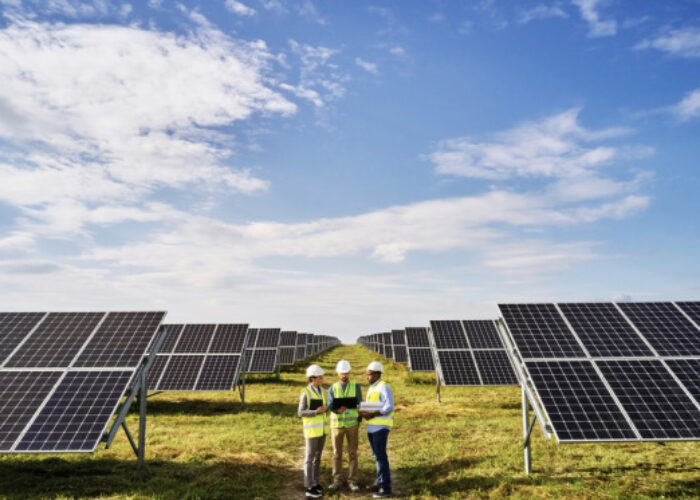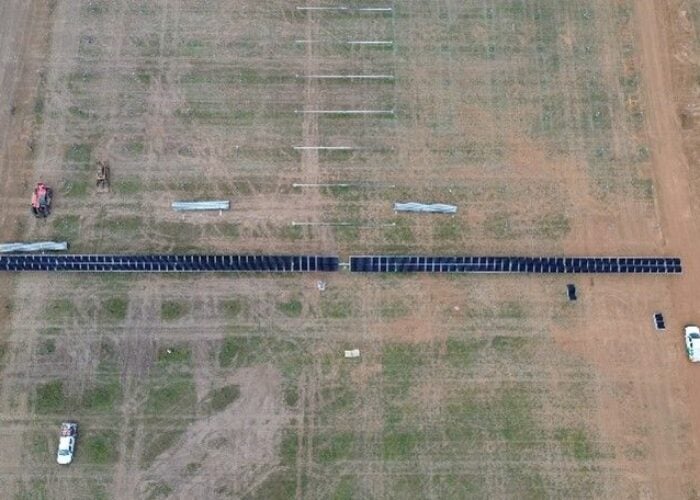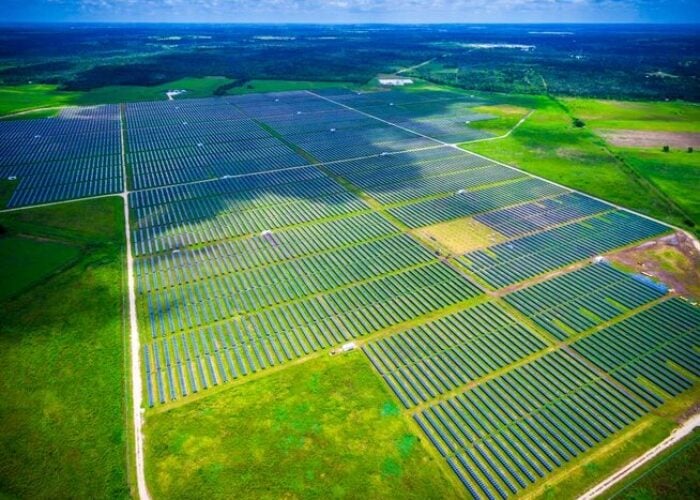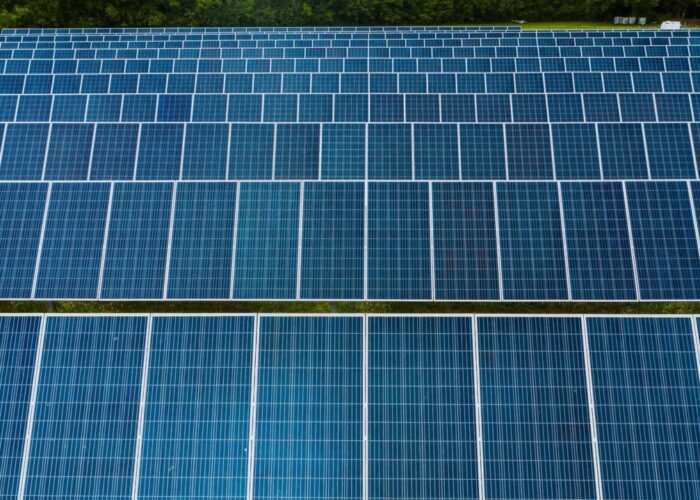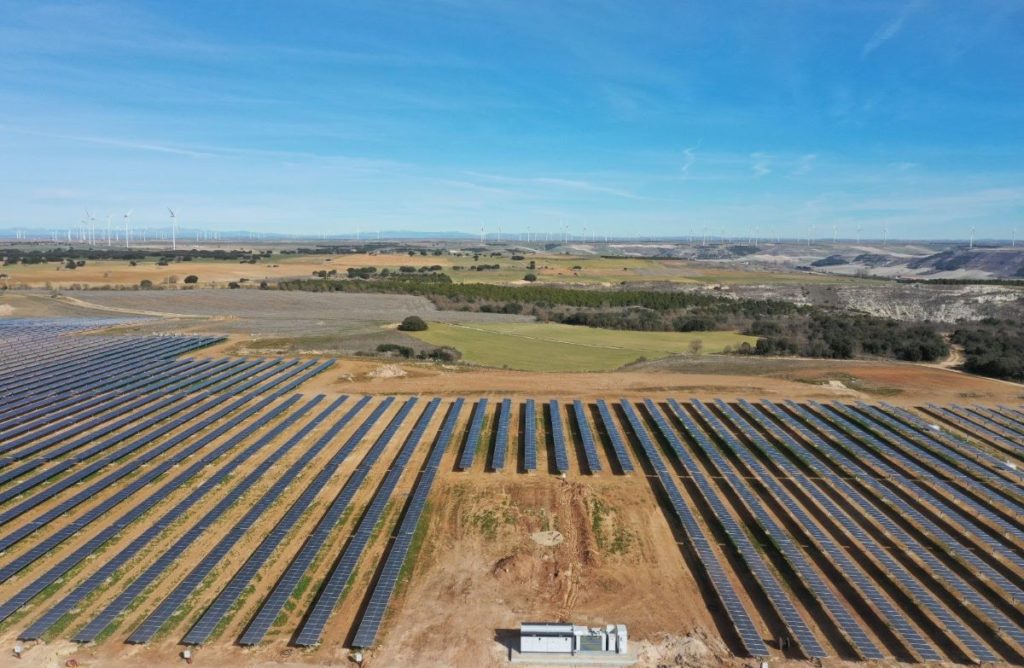
Spain will generate more than half of its power from renewable sources this year, according to Rystad Energy.
In a recent study, Rystad Energy said Spain is on track to become the first of the top five European countries, including France, Germany, Italy and the UK, by power demand to generate more than half of its power from renewable sources.
Unlock unlimited access for 12 whole months of distinctive global analysis
Photovoltaics International is now included.
- Regular insight and analysis of the industry’s biggest developments
- In-depth interviews with the industry’s leading figures
- Unlimited digital access to the PV Tech Power journal catalogue
- Unlimited digital access to the Photovoltaics International journal catalogue
- Access to more than 1,000 technical papers
- Discounts on Solar Media’s portfolio of events, in-person and virtual
The cumulative installed capacity of solar PV is expected to reach 27.4GW in 2023, jumping from 20.5GW in 2022. Therefore, the installed capacity of solar and wind in Spain will be 58GW this year, increasing by 8.2GW year-on-year.
PV Tech reported that the EU will add 69GW renewables capacity in 2023 recently. Figures from the EU showed that Spain installed around 5.9GW of renewable capacity last year, bringing the total to 67.9GW in 2022. Of the renewable capacity installed that year, 4.5GW was solar, increasing from 3.6GW in 2021.
“Spain’s renewable energy achievements come as no surprise given its history of strategic investments and early adoption. Its progress should be a clear benchmark for counterparts and serve as a testament to the attainability of a cleaner energy future,” said Fabian Ronningen, senior renewables and power analyst of Rystad Energy.
Ronningen added that three reasons are contributing to Spain’s solar energy transition.
“First of all, there has been a large push from authorities to get more renewables integrated into the grid over the last few years, so we have seen a lot of auctions and incentives to get more capacity under construction. Auctions in other parts of Europe have been undersubscribed in some cases, which we have not seen in Spain,” he said.
Another competitive edge of Spain included its favourable solar resources in the continent compared to more northern parts of Europe. Ronningen added that a minor reason was that Spain has a lower population density in large part of the country, offering more space and providing more convenience to get projects implemented.
However, Spain’s growth in renewable power generation may be disrupted by France’s demand for energy. According to Rystad Energy, France struggles with low nuclear power generation this year, forcing it to turn to Spain for power imports. Currently, average power prices in France are 34% higher than those in Spain due to the Iberian country’s renewable energy transition.
Several energy businesses entered the Spanish market recently as reported by PV Tech. For example, Swiss renewable energy developer Axpo will develop a 200MW solar plant in the province of Castilla y León, while Spanish power company Iberdrola and the sovereign wealth fund of Norway will invest in 1.3GW of renewable capacity in Spain, with solar PV projects accounting for 80% of the capacity.



